Spider Plants (Chlorophytum comosum) are also known as the ribbon plant, airplane plant, or spider ivy.
It is a popular houseplant from South Africa that loves indirect light and humidity. Be careful not to scorch these plants in direct sunlight though!
These plants don’t have a lot of fertilizer requirements to thrive, but they will benefit from regular fertilization more during the growing season.
Once you apply the right fertilizer, your spider plant will grow much more and will develop healthier and greener leaves.
- Related Article: Spider Plant Care Indoors
In this article, we will look at three fertilizer preferences for spider plants and provide tips on how to feed your plant safely.
Best Spider Plant Fertilizers
Let’s take a look at different spider plant fertilizer options.
Best Organic Fertilizer for Spider Plants
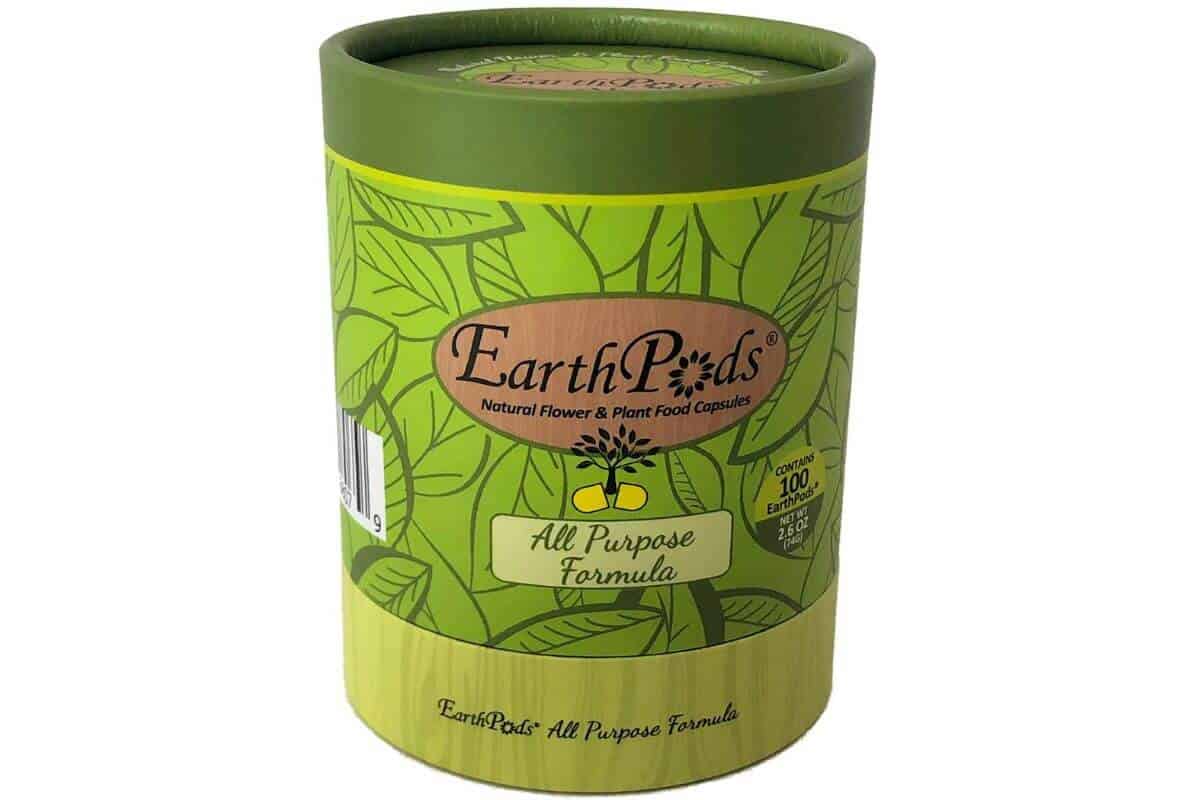
The EarthPods Premium Bio Organic Plant Food 2-2-4 uses 100% natural ingredients that act as a slow-release fertilizer.
Spider plants and other foliage that need a slower release of nutrients would benefit most from this type of fertilizer because they reduce the risk of over-fertilizing and chemical or salt build-up in the potting soil.
For a small plant, this fertilizer product offers great value for money. A single package contains about 100 pods, which will last the entire growing season and beyond.
You only need to apply a couple of pods every 2 or 3 weeks. If you have plenty of large plants, on the other hand, this method might become a bit expensive.
You can get the product here.
Best Liquid Fertilizer for Spider Plants
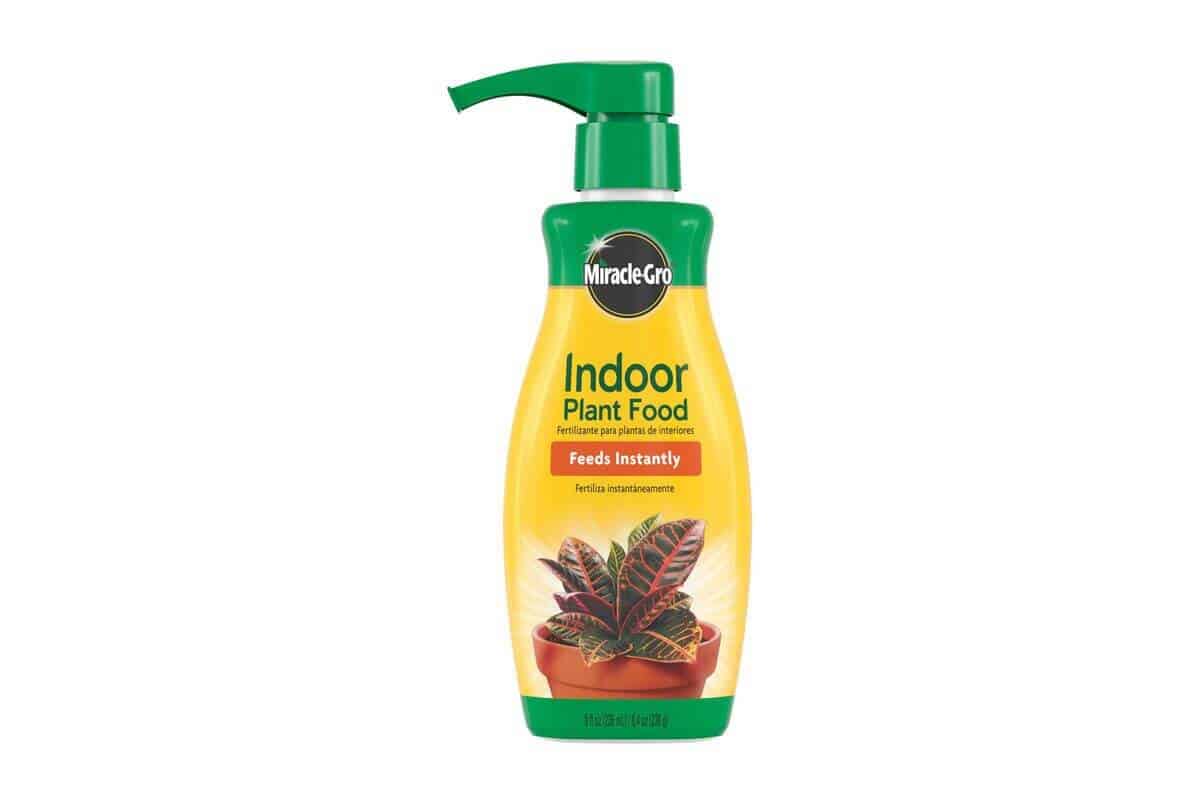
The Miracle-Gro Indoor Plant Food 1-1-1 is a ready-to-use fertilizer that is best for regular use throughout the growing season.
This water-soluble fertilizer’s formula is balanced and gentle. The advantage of using a liquid fertilizer is that it’s fast-acting, which means that you’ll see results quickly.
Moreover, it’s excellent to give a boost to ailing plants. For most kinds, you can always apply it when it’s time to water so you are less likely to forget it. This does not apply to all though.
The risk with this type of fertilizer is that it can easily cause leaf burn, so it should always be used diluted with water.
The wrong mixture can cause an accumulation of excess fertilizer salts and can build up to concentrations that burn leaf tissues.
Usually, a gallon of water is used with about half a teaspoon of fertilizer. Check the label instruction on the packaging of your fertilizer just to be sure.
For a small plant, you will only need one pump per week or two for a larger one, so this product will last you a long time.
You can buy Miracle-Gro Indoor Plant Food here.
Best Dry Fertilizer for Spider Plants
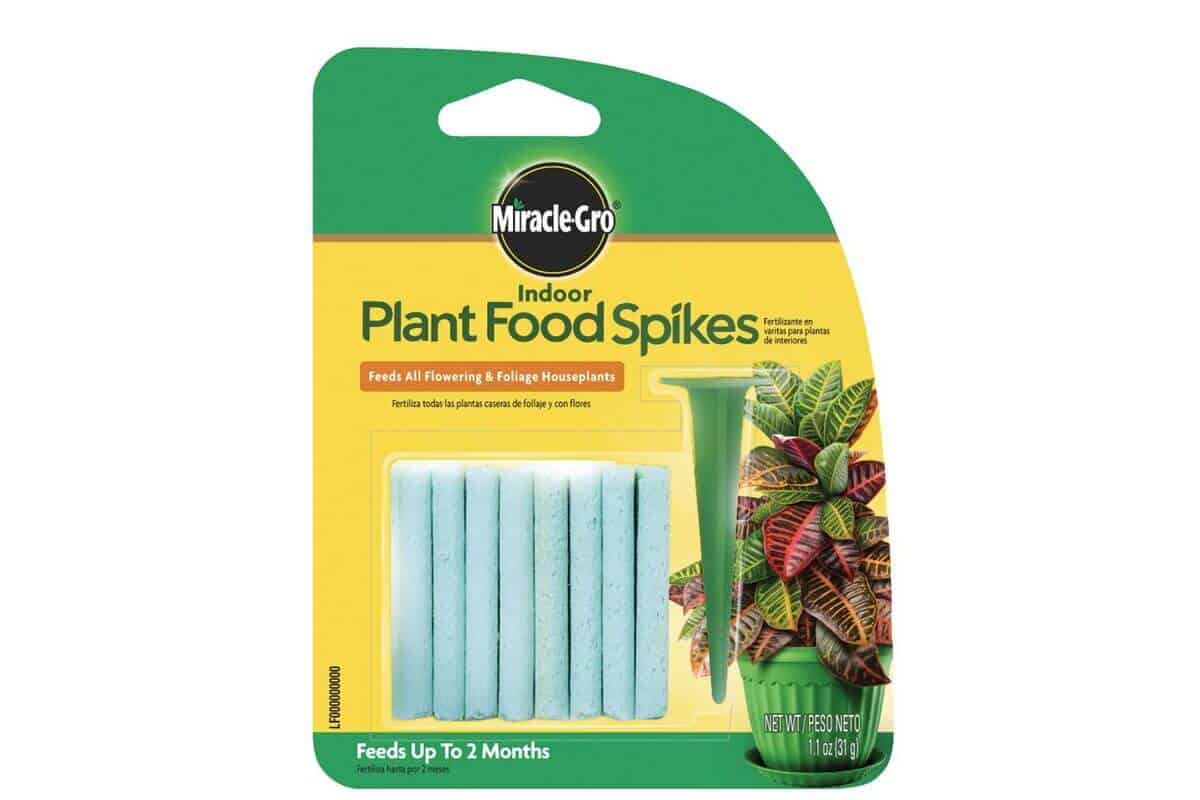
The Miracle-Gro Indoor Plant Spikes 6-12-6 is great if you are looking for an easy-to-apply, fuss-free fertilizer. With Miracle-Gro Indoor Plant Spikes you will only need a single spike every 30 days.
These fertilizer spikes simply need to be inserted in the soil between the roots and the rim of the pot and they will feed your plant continuously.
Miracle-Gro Indoor Plant Spikes are great to use at the start of the season since they provide extra phosphorus that will encourage better leaf growth after winter dormancy.
For this same reason, you should avoid using it towards the fall.
Purchase Miracle-Gro Indoor Plant Spikes here.
When to Fertilize Spider Plants
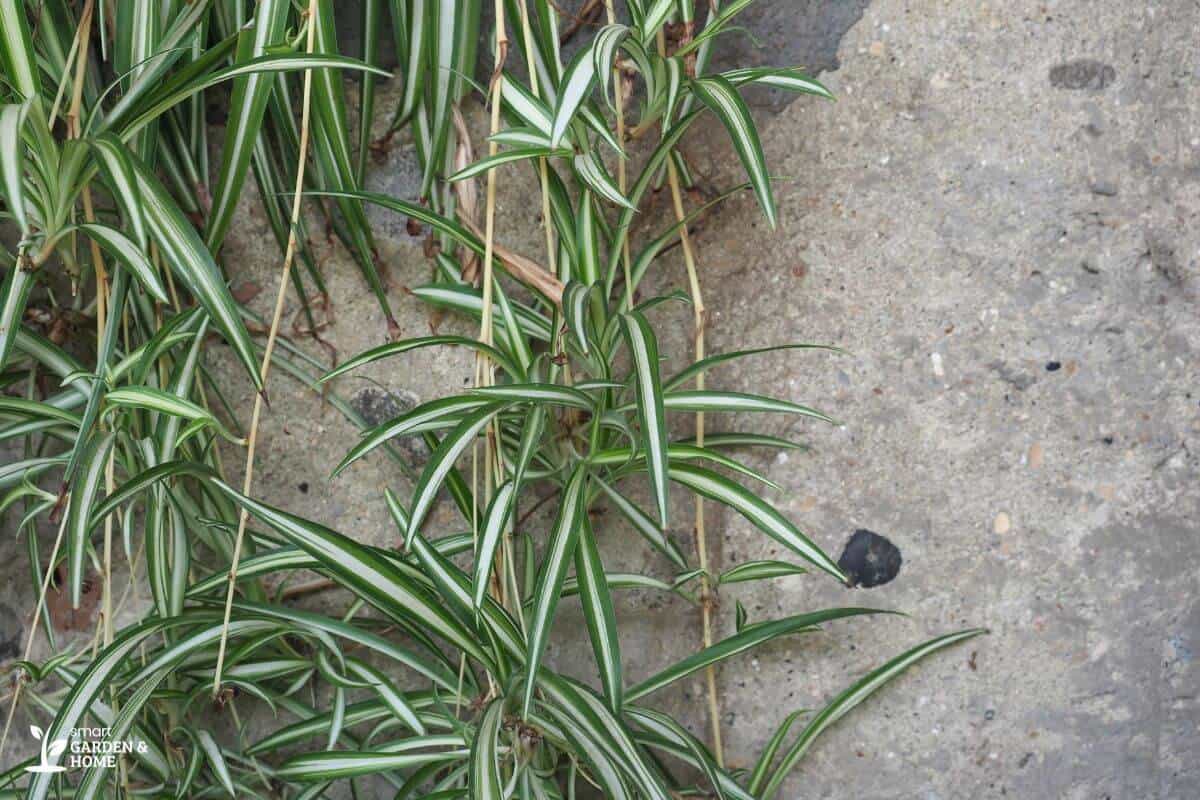
Spider plants only need to be fertilized during seasons of growth, in spring and summer. In the fall they go dormant, so they won’t need nutrients.
Using fertilizer during the fall or cold winter could cause a mineral build-up that will end up harming your plants instead of benefiting their health.
As for the frequency of fertilization, it can vary between once a week and once every few months and depends mainly on the type of fertilizer you’re using and whether you want your container plant to flower.
There are numerous conditions to tell if your plant is hungry before fertilizing. Here are the main ones:
- Poor growth
- Foliage color has faded, becoming light green or yellow
- Lack of healthy leaves. New leaves grow very small and pale
- Wilted leaves
On the other hand, if your spider plant has developed brown leaf tips most likely it has caught a common spider plant ailment– overfertilization. In this case, you should reduce the amount of fertilizer given or your fertilization schedule.
How to Fertilize Spider Plants
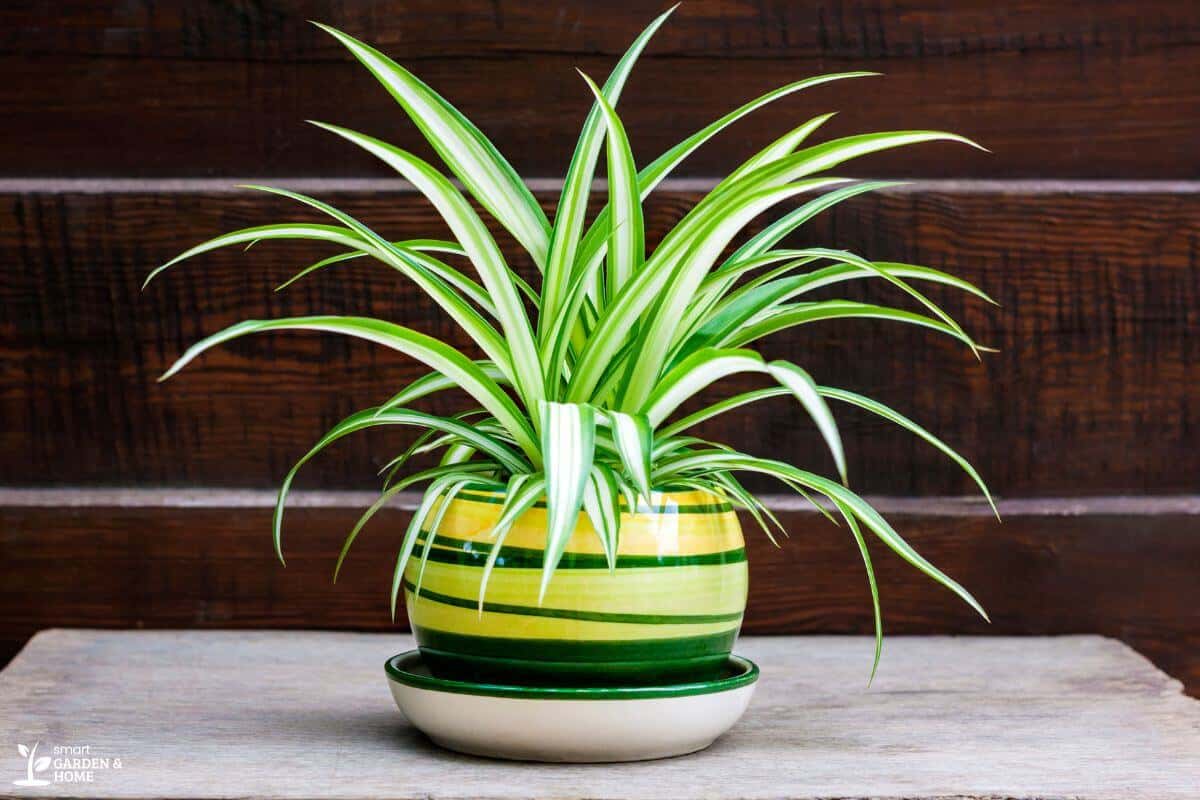
1. Buy the Right Fertilizer
Spider plants should have a low and balanced fertilizer with the right N-P-K ratio. It could be in liquid or solid form (granular fertilizers or spikes).
2. Develop a Regular Watering Schedule
Especially when using fertilizer granules or spikes, you should make sure that the soil is moist or that the plant is regularly watered, as an excess of fertilizer can burn the leaves.
Liquid commercial fertilizer can be added directly to water.
To get the right regular watering schedule, take time to observe your plant and reduce the water supply when needed such as when it shows signs of being leggy or has leaf discolorations.
Remember that spider plants like moist soil but not necessarily wet environments. Frequent watering can lead to root rot.
3. Prepare the Fertilizer According to the Manufacturer’s Instructions
Make sure you’re always reading the instructions for the specific product you’re using. Each fertilizer has different specifications that should be followed, such as dilution ratio and frequency of application.
4. Apply Fertilizer Directly on the Soil
When using liquid fertilizer, you should try to avoid getting it on the leaves or too close to the stem.
Granules and spikes should be buried under a few centimeters of soil about halfway between the plant roots and the rim of the pot.
Avoid placing them too close to new growth, as young leaves will easily burn if exposed to an excess of fertilizer.
5. Mark the Date on a Calendar
Since spider plants can suffer if fertilized too often, it’s always a good idea to have a clear feeding schedule and keep track of when you last fed your plant.
The feeding frequency will depend on the form of fertilizer that you will be using.
Liquid ones can usually be applied more frequently, while slow-release ones shouldn’t be used more than once a month and the plant might need a break from it every couple of months.
Spider Plant Fertilizer Tips
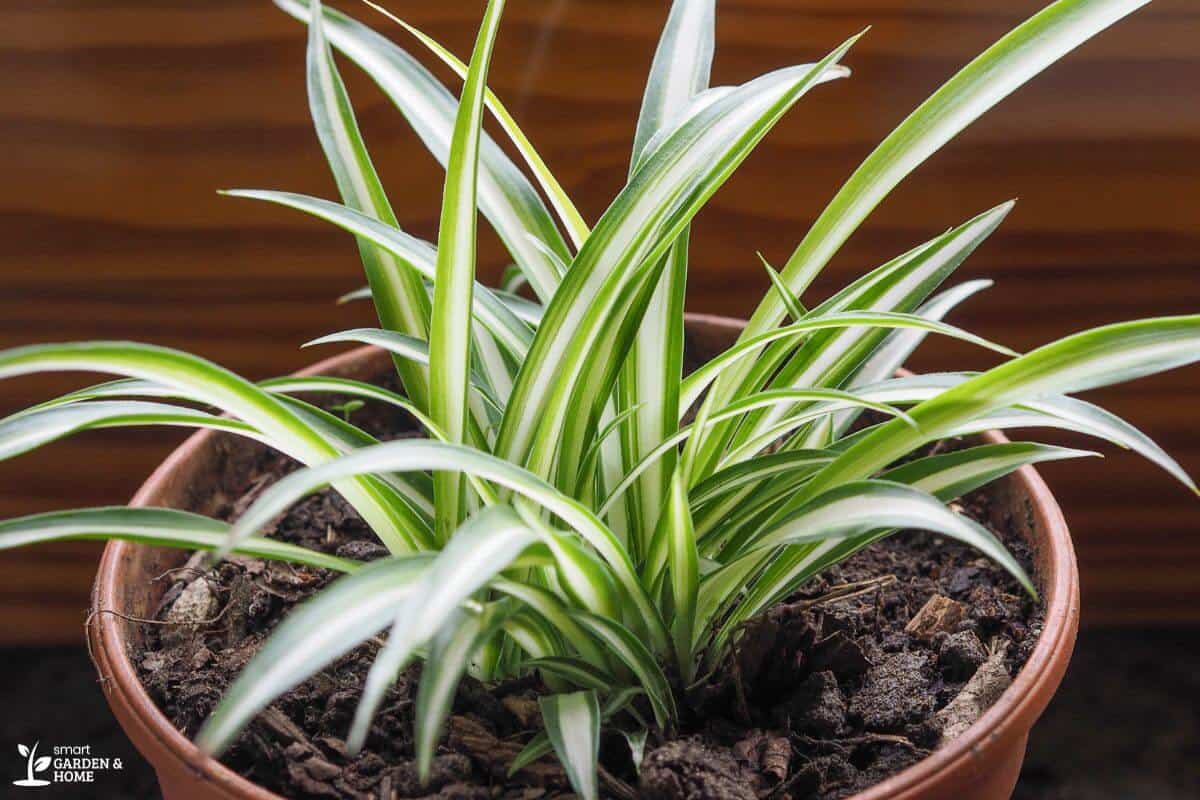
1. Choose an Organic Fertilizer
Using an organic fertilizer will make sure you won’t harm your plant or the environment.
2. Check the N-P-K Ratio
On every product, you will find a fertilizer package labeling that indicates the amount of N-P-K it contains.
These essential micronutrients are what plants need for their survival and nutrition supply. Spider plants will thrive with a low and balanced Nitrogen-Phosphorous-Potassium (N-P-K) ratio, such as 1-1-1.
3. Choose the Type of Fertilizer Based on How Often You Want to Fertilize
If you’re someone who tends to forget to fertilize, you might prefer a method that needs to be applied every time you give your plant water such as some types of liquid fertilizers.
If you’ve over-fertilized your plants in the past, a slow-release fertilizer might be best.
4. Always Follow Directions Closely
It cannot be stressed enough how important it is to use fertilizers in the right way. Incorrect use can cause leaf or root burn and expose your plant to diseases and insect infestations.
5. When in Doubt, Don’t Fertilize
Spider plants are hardy or drought-tolerant plants.
This means that they will survive with little care but won’t tolerate much of the consequences brought about by over-fertilization.
You can purchase test strips to check the levels of nutrients in the soil and know when it’s time to fertilizer again.
Final Thoughts on Best Spider Plant Fertilizers
When it comes to fertilizing spider plants, the most important factor is finding the right fertilizer for your plant.
It should have a low and balanced fertilizer with the correct N-P-K ratio, and you should follow the manufacturer’s instructions closely. Also, liquid fertilizers have a high risk of fertilizer burn and that is something to watch out for.
Additionally, organic fertilizers are always preferred since they don’t expose your plant to potentially harmful chemicals. Your plant might like some coffee grounds in small quantities.
Fertilizers are just part of the advanced care that your spider plant needs. They help give your plant the same growth cycle that it can experience when planted outdoors.
If that article piqued your interest, then you’d be happy to know that we have more of them on our site:
- Repotting Overgrown Spider Plant
- How to Grow a Spider Plant From Seeds
- Should I Let My Spider Plant Flower
- How Big Do Spider Plants Get
- How to Make Spider Plant Fuller
Sources:

